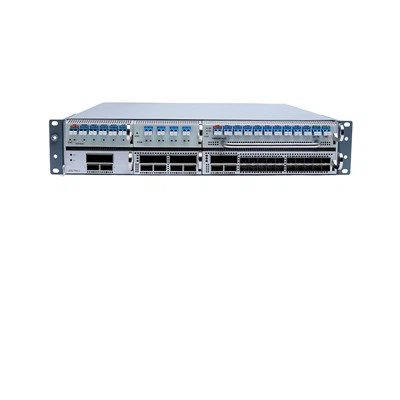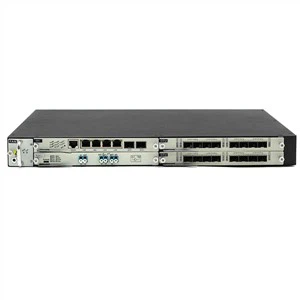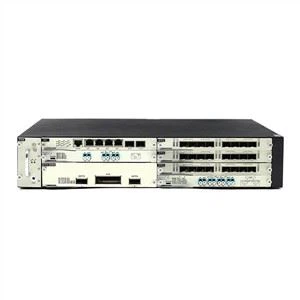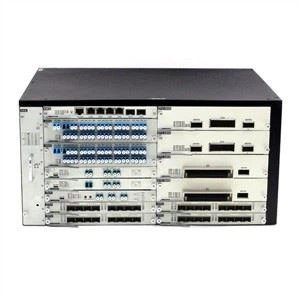What Is A DAC Cable?
DAC CableDirect Attach Cable, short for DAC cable, is a form of the high-speed cable with “transceivers” on either end. They can be used to connect switches to routers or servers. They are becoming increasingly popular in the network industry and widely applied in the storage area network, data center, and high-performance computing connectivity etc. The main reason why DAC cable is popular in the market is the price. Another reason for their increased popularity is that RJ-45 10G is not widely adopted. And most high density 10G switches are delivered with 48x SFP ports in 1 Rack Unit.
How to manufacture DAC Cable ( Direct Attach Twinax Cables)? The following video shows you details. As influenced by COVID-19, many HTF customers can not enter China and visit factory.
Which things You Should Know Before Buying DAC Cable?
1. No matter in the related article or in the product description of some DACs vendors, there is always a point saying that the active DAC twinax cables are lighter and thinner than passive DAC cables. Actually, it is a wrong view of point. If you have a user experience of both active and passive DACs, you may find that there is no difference between them in the weight and appearance.
2. As the first point mentioned, the thickness and weight do not depend on the active or passive function. In fact, they are divided according to their characteristic of AWG (American Wire Gauge). For instance, AWG24 DAC cable is thicker and heavier than the AWG30. Because of the difference of wire diameter, the longer the cable, the more inconvenience AWG24 DAC twinax cable is. Moreover, there is also a limited bend radius. Thus, the longer the distance, the higher the AWG rating should be.
3. When the transmission distance is over 5 meters, active DAC cable is more suitable than passive DAC cable. Because it will cause the signal issue when using passive DAC cable for long-haul transmission.
4. DACs are cheaper than the regular optics. Because the “transceivers” on both ends of DACs are not real optics. Compared with the regular optics, they have no real components and just used to transmit the optical signals. Of course, without those expensive optics components, the cost of DAC twinax cable is much lower. Thus, though using the same port as an optical transceiver, DACs have significant cost savings and power savings in short reach applications.
5. The main difference between active DAC cable and passive DAC cable is that there is a driving chip in the design of active DAC. For more knowledge, please refer to Difference Between Passive and Active Twinax Cable Assembly.
active vs passive DACs

6. AOC (Active Optical Cable) is one of the forms of DAC cable. It integrates multimode optical fiber, fiber optic transceivers, control chip, and modules. AOCs have many benefits such as lighter weight, high performance, low power consumption, low interconnection loss, EMI immunity, and flexibility etc. AOCs are now considered as the rising star of telecommunications and datacom transceiver in the market.
www.htfwdm.com offers various high speed interconnect DAC cables including 10G SFP Cable, 40G QSFP Cable, 100G QSFP28 cable. They can satisfy the demands from 10G to 100G interconnection. All of the direct attach cables can meet the growing need to cost-effectively deliver more bandwidth. And it can be customized to meet different requirements.
Any questions? Contact me.
Ivy from HTF team will assist you ASAP.
Email: ivy@htfuture.com Skype: live:sales6_1683 Whatsapp/wechat: +8618123672396





















